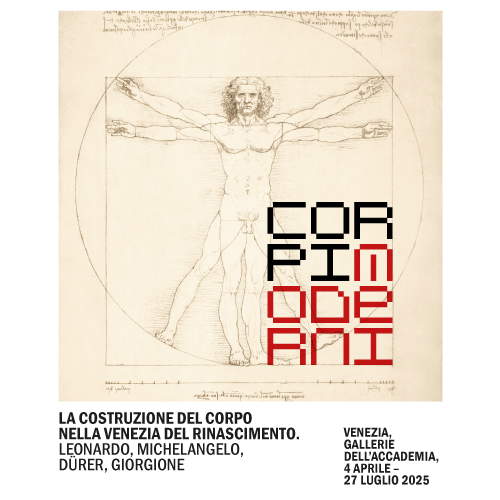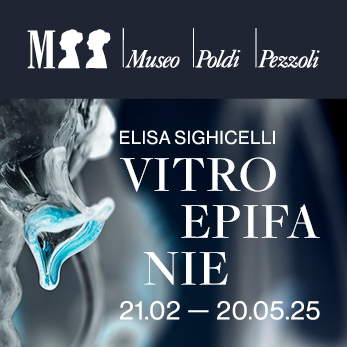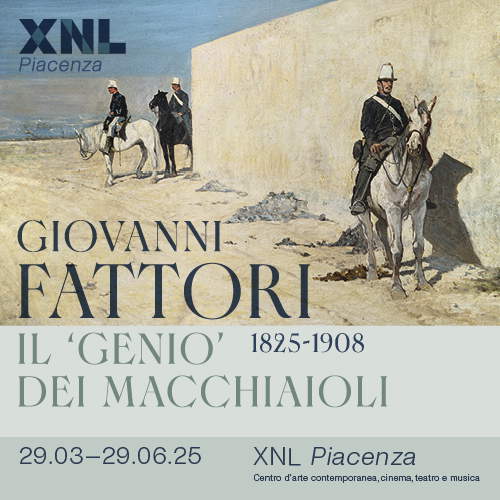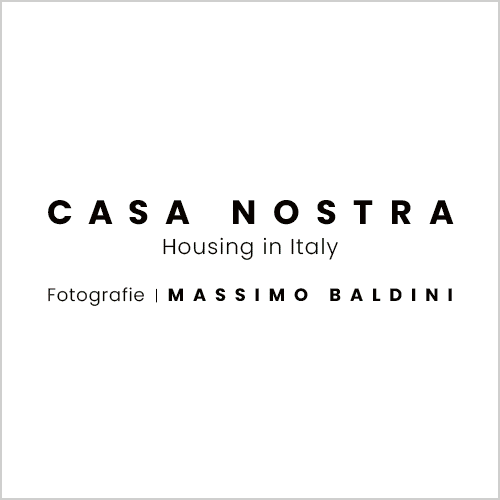The traumas of Urbania and its Ducal Palace.
Urbania enshrines within the walls of its Ducal Palace the poetry of Federico Barocci. Most enter here to get a close-up look at the Madonna of the Clouds, the beautiful painting attributed to him that is revealed at the end of a winding path through the rooms of this Renaissance palace overlooking the Metauro River, younger brother of the one that stands a few kilometers further out to sea in Urbino. The museum set up in the rooms of Urbania’s Ducal Palace holds the best for the last room, the most hidden, a gem in the heart of the building, which one arrives at after an itinerary through the history of ceramics, photographs of the old civic museum display, Leonardo Castellani’s engravings that told the landscapes of the Metauro valley, paintings from the area, and rooms dedicated to the potter Cipriano Piccolpasso who, it turns out, is one of the tutelary deities of these lands, author of a treatise, the panels tell us, “fundamental for knowledge of Metauro ceramic art of the Renaissance.” The Madonna of the Clouds is the destination one sees at the end of the journey, it is the prize for those who had no fear of facing the freezing cold of the halls where in winter the temperatures defy the endurance of the most hardened, for those who have walked all over the carpets that cover part of the terracotta floors of the halls, for those who have lingered over all the excerpts of Urbania’s history that the Civic Museum set up in the rooms of the Ducal Palace tells its visitors. Chunks, because little is left. But these rooms contain a sad history, a history of traumas that lurk behind the drab walls of the rooms, inside the niches, beneath the clouds of the sweet Baroque Madonna. Traumas of history that have slipped away, along the water of the Metauro River that flows beneath the palace’s towers, into the clean air of the mountains that surround its valley, toward Montefeltro, toward the Alpe della Luna. Traumas that still show their marks, however, on the palace and the city.
When the Madonna of the Clouds came out of Federico Barocci’s workshop, Urbania was not yet called Urbania: it was called Casteldurante and was one of the liveliest centers of the Duchy of Urbino, the fulcrum of a ceramic production that, with forty active kilns, supplied the whole of Europe. All the European courts of the Renaissance wanted Casteldurante ceramics. Although, towards the end of the sixteenth century, the art of the potters, which up to that time had been rich and prosperous, had begun to suffer some setbacks. The last duke of Urbino, Francesco Maria II Della Rovere, had labored long and diligently to maintain a high level of production, and under his duchy the potters’ workshops in Casteldurante were still going strong. But by the seventeenth century Casteldurante pottery was on its way to becoming a less thriving business than it had been the century before. And by the eighteenth century it had definitely entered a crisis. Today, the tradition is still upheld by the workshops that operate under the protection of the association that brings together the Italian cities of ceramics, but walking around the streets of the village, one would hardly believe that this activity has long sustained the economy of one of the most important centers of the Duchy of Urbino, a place where Francesco Maria II himself loved to stay for long periods of time. He even preferred it to Urbino itself, and had even moved his court and his enormous library there. The dukes, however, cared about it, in Casteldurante. Those who go to the Ducal Palace of Urbino, pay attention to the large inscription with which, in the courtyard of honor, Federico da Montefeltro introduces himself to his guest: “Federicus, Urbini Dux, Montisferetri ac Durantis comes.” Federico, Duke of Urbino, Count of Montefeltro and Casteldurante.
When Michel de Montaigne passed through these parts on his trip to Italy on April 29, 1581, the inhabitants of Casteldurante were celebrating the birth of the first-born son of Isabella della Rovere, sister of Francesco Maria II. That town had not made much of an impression on him, so much so that he devotes only a few lines to it in his travel diary. And he only mentions Francesco Maria in the pages devoted to Urbino. The duke, however, had great plans for the palace of Casteldurante. It was better located beyond the hills, he liked Casteldurante better. And he wanted his enormous collection of books to be gathered here: fifteen thousand volumes, a mass of material that would make one smile today, but for that time it was an immense library. One of the largest, most original, up-to-date libraries in Europe, a library that gathered all the knowledge of the time, in all subjects. In 1607, Francis Mary II also had a building, the Libraria Nuova, built next to the Ducal Palace to house his book collection. We can imagine that he was particularly proud of this.
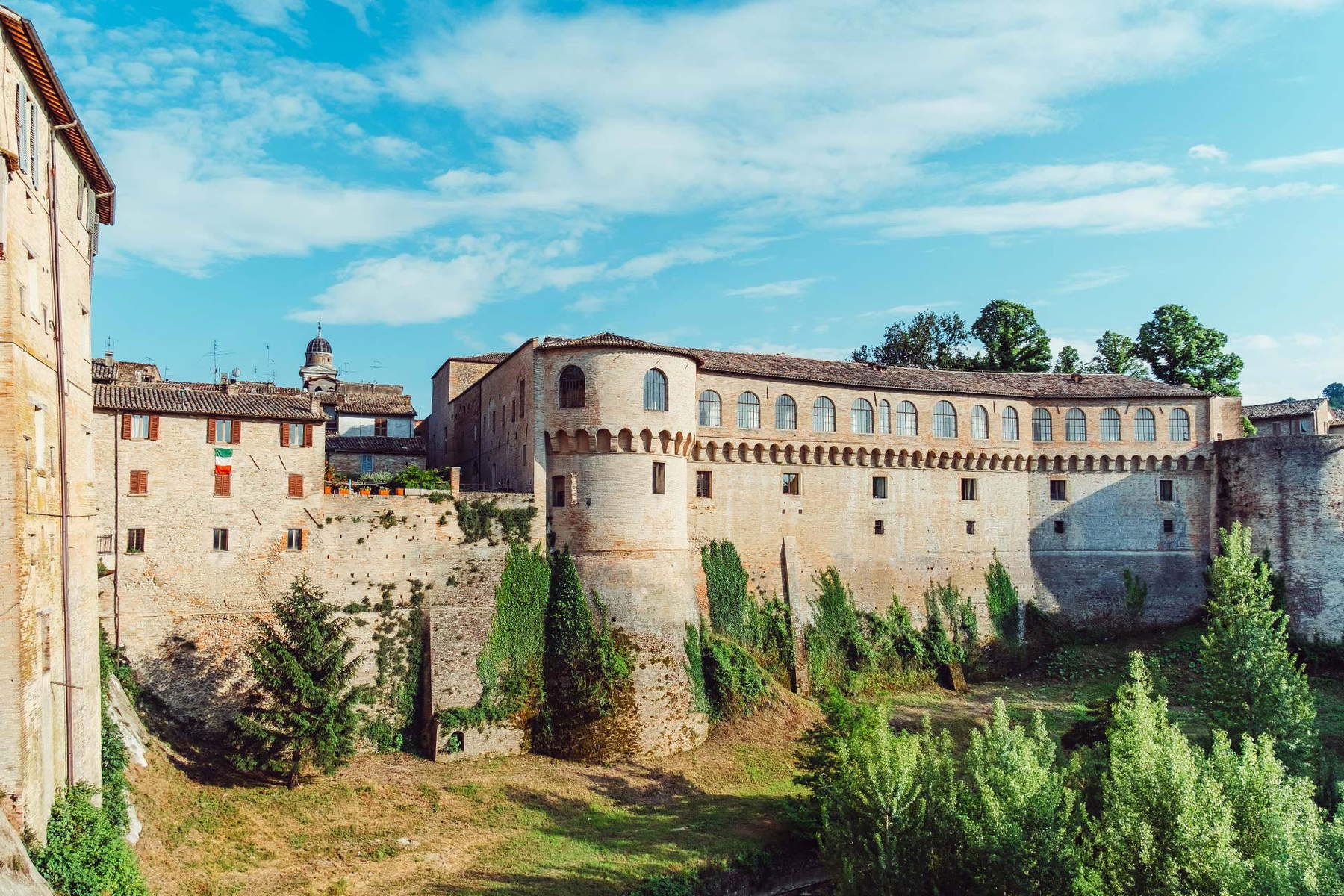
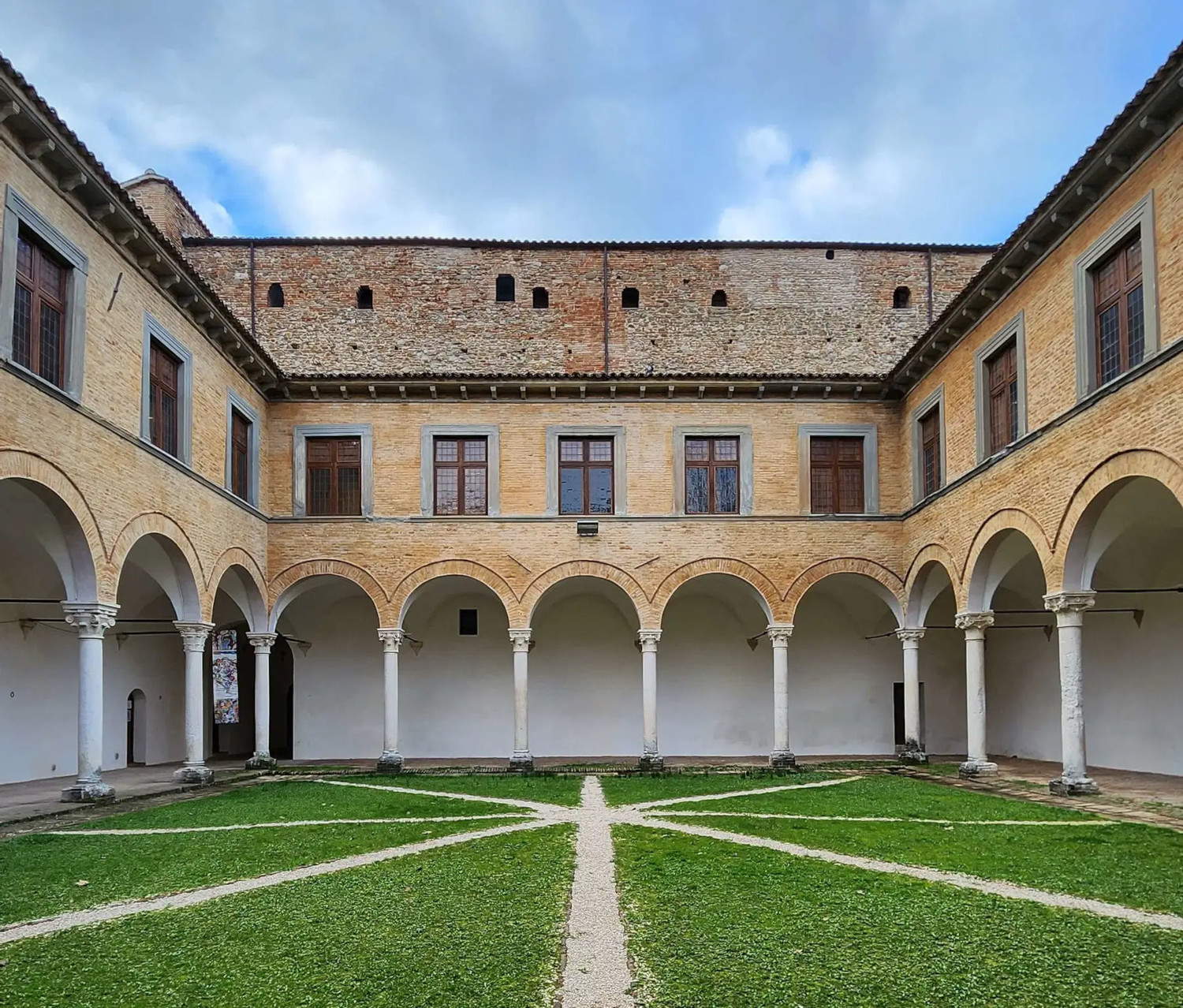
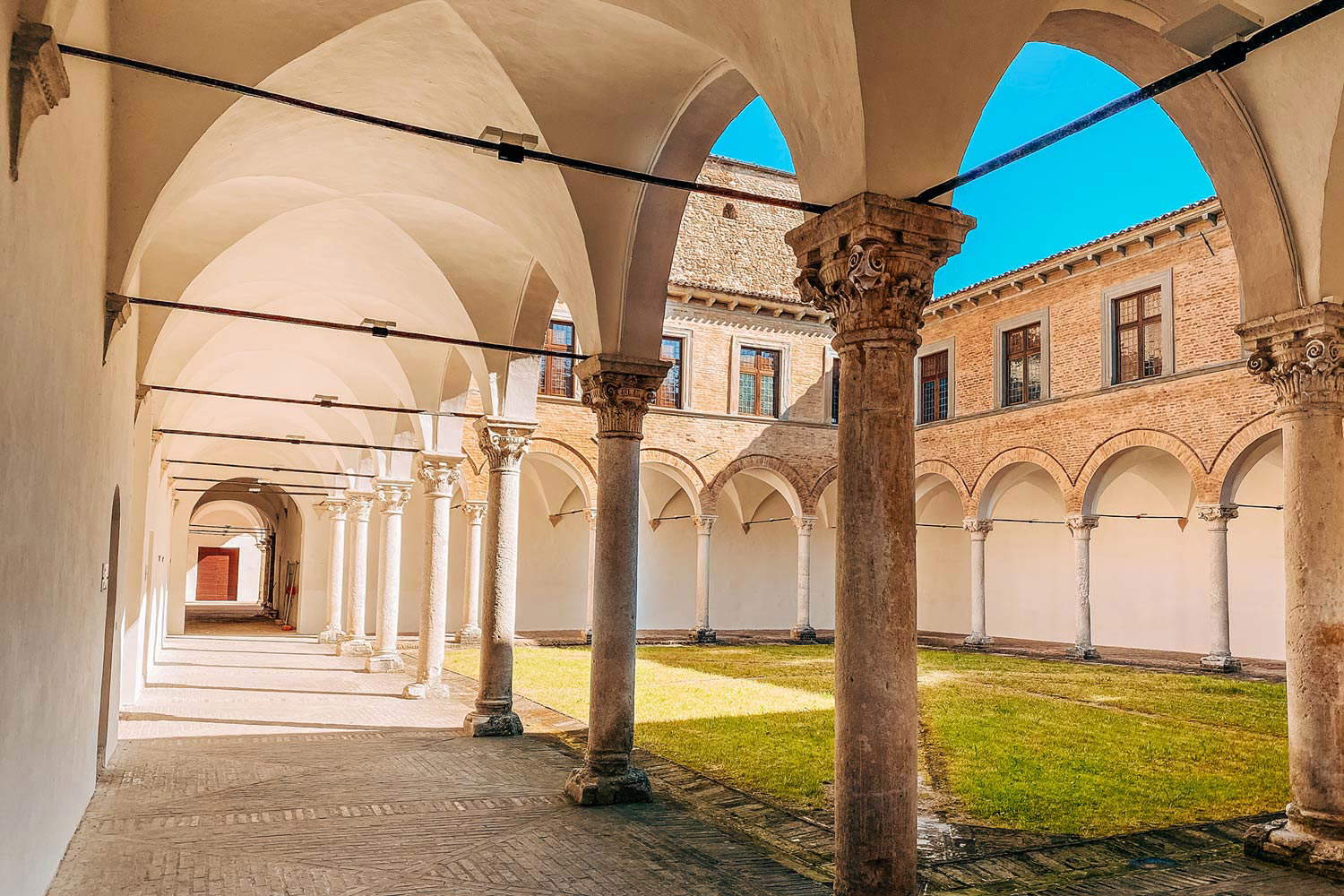
Legend has it that the duke kept the Madonna of the Clouds in his room, above the headboard of his bed. This was said in the 19th century by a local scholar, Giuseppe Raffaelli. Beyond the legend, which is obviously groundless, we do know, however, that the duke procured much work for Barocci, who, after all, hardly ever moved from Urbino throughout his career. Barocci also painted a portrait of the duke, the one that is now in the Uffizi. Of the Madonna of the Clouds, on the other hand, we do not know the genesis, and to tell the truth we are not even sure who its author is. It is thought to be related to a commission that had come from Madrid: the Della Rovere family valued their relations with Spain, and Francesco Maria II had not shirked a custom in his family. That is, good diplomatic relations with Spanish kings: even the paintings that left Urbino for Madrid should be considered diplomatic instruments. The room that houses the Madonna of the Clouds also contains a replica of the crucifix, complete with an image of the Ducal Palace of Urbino at the foot of Christ, which the duke gave in 1604 to Philip III, and which is now in the Prado. Between 1588 and 1592, on the other hand, four instalments are attested for a large payment intended to settle a painting of a Madonna, now thought to be lost: it is thought that the Madonna of the Clouds may be a reworking of the invention that Barocci had developed for that commission destined for Spain. Then there are those who believe that the Urbania Madonna of the Clouds is not the work of the master, but of an unspecified collaborator in his workshop. If so, it is necessary to imagine a very sensitive pupil, as skillful as Barocci in translating an idea of the master’s into the delicacy, the softness, the sweetness of a moving, touching Madonna, who gracefully leans on her throne of clouds, with a sweet and maternal gesture shows the Child being careful, however, that he does not fall, holding him with her hands, with elegance she hints a smile turning her eyes to the relative. A pupil so talented that he has not yet found a name, that he has not yet found timely matches among the artists we know. An anonymous Baroque artist capable of painting one of the most beautiful Madonnas of the sixteenth century. Or, at least, capable of replicating almost totally faithfully an original by the master that we cannot see today. There are, after all, drawings that can testify beyond any doubt that the invention is due to Federico Barocci. As early as the beginning of the last century, Lionello Venturi said that someone, seeing the painting of the Madonna of the Clouds reproduced in a photograph, might refuse to accept its attribution, since the work departs from Federico Barocci’s “usual forms.” Yet, Venturi said that “in front of the original they will recreate themselves, because the colors are typical of Barocci and the forms can be explained by a more intense influence of Raphael than on any other work by Barocci.” And he said the beauty that “shines through the repainting and wrinkles of the canvas” does not allow the painting to be attributed to a schoolboy: “more than anyone else shows us Barocci in conversation with Raphael.” Andrea Emiliani, agreeing with Venturi on the attribution to Barocci, took the Madonna of the Clouds as a model of “severe chromatic levity,” as an example of a “construction of popular grace that defers [...] to the immediacy of communication, thickened certainly in the sweetly melancholy and almost foreboding gaze.” Recently, to reaffirm the Baroque autography John Spike has exposed himself. Against Barocci, however, as early as 1955 came the opinion of Harald Olsen: “the composition is Barocci’s, but the painting certainly is not.” Following Olsen’s lead, recently Massimo Moretti reaffirmed the classic arguments against autography: “the incarnations of the face and hand of the Virgin and the pictorial drafting lack the master’s suffused and skillful chromatic passages.” Who then is the author? Who could have been able to translate so closely to the original an idea by Federico Barocci? Is the Madonna of the Clouds by Federico Barocci? Is it instead entirely the work of one of his collaborators? Or did the master participate in the execution? Has time clouded a possible direct intervention by him? Questions that for now remain without certain answers. Certain, however, is that this work would not have come into being without the master’s primal idea.
In ancient times, the work was kept in the church of the Chierici Minori, the church of the Hospital of Urbania, where the tomb of the last duke of Urbino is also located, and it is probable that it was intended for that church, since the same house of worship was built at the behest of Francesco Maria II (admitting, however, the Baroque autograph, there is incompatibility of dates: the master disappeared five years before the church was built, so one would have to imagine, in the case, that the work was made earlier, and then donated to the church). And there the Madonna of the Clouds remained until recently, until February 2012, when the ceiling of the church collapsed due to a snowfall, abundant beyond the ordinary. Fortunately, three months earlier the work had been moved to the storage rooms of the Civic Museum in preparation for an exhibition. Curiously, the name Madonna of the Clouds is modern, first attested in 1975. Before that, the work had always been called Madonna of the Snow, after the name by which Durantine people called its church. And snow has settled on the work’s fate.
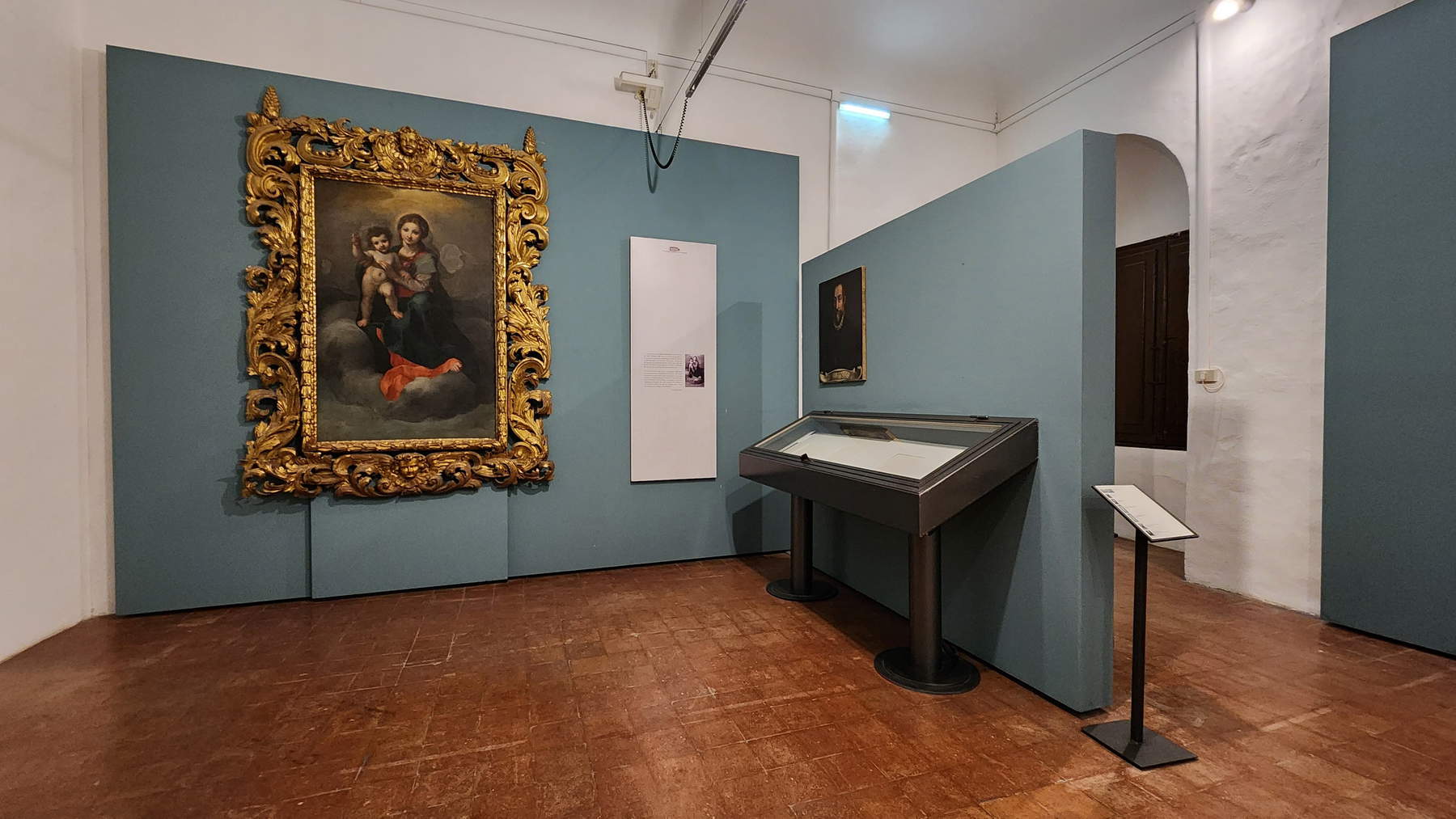
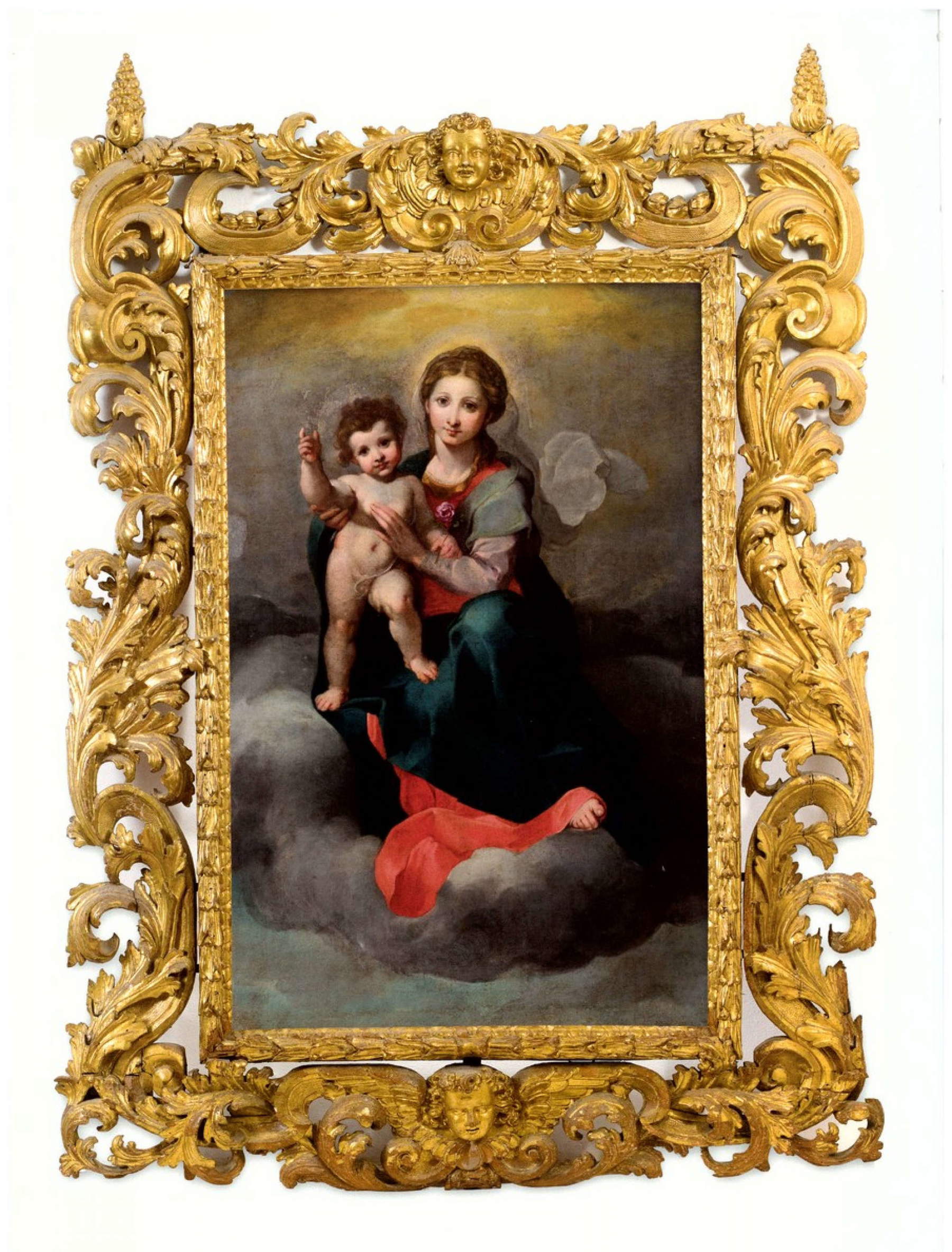
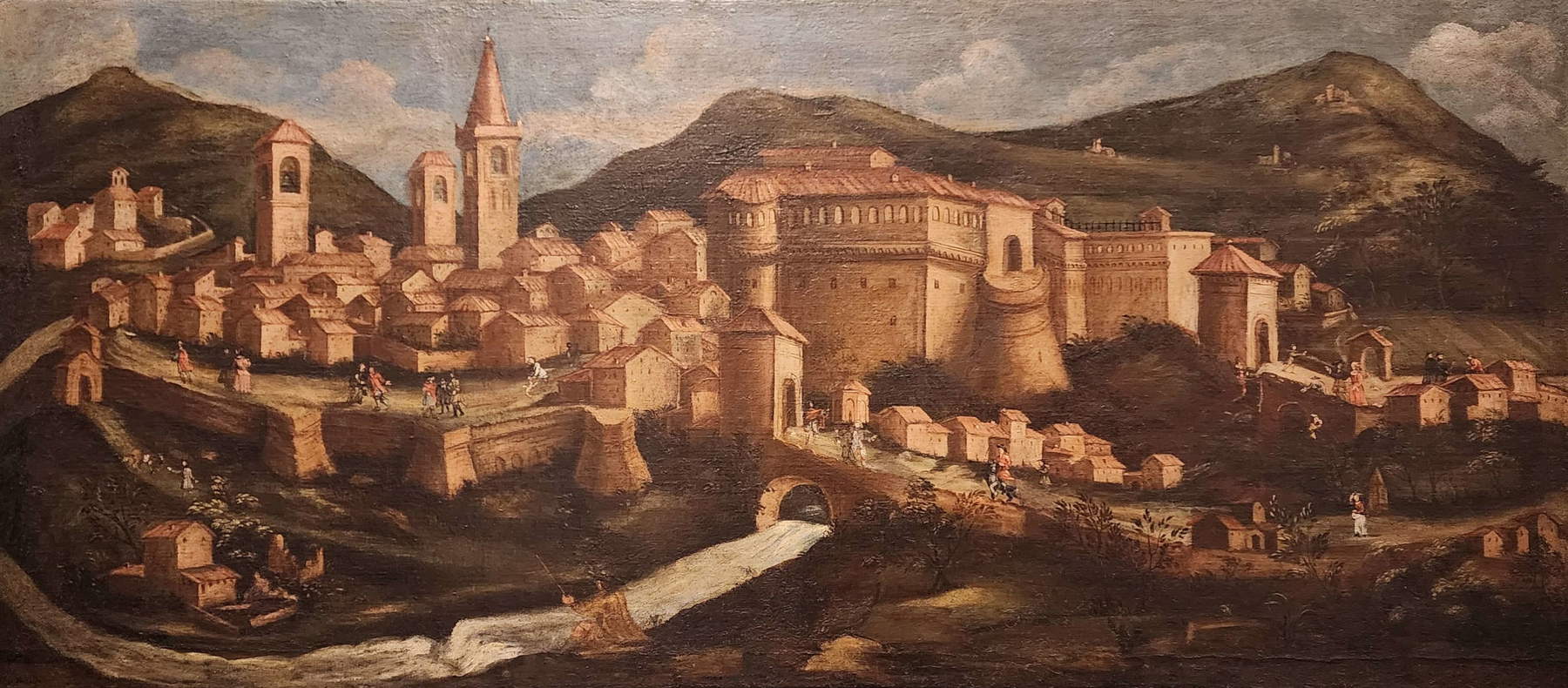
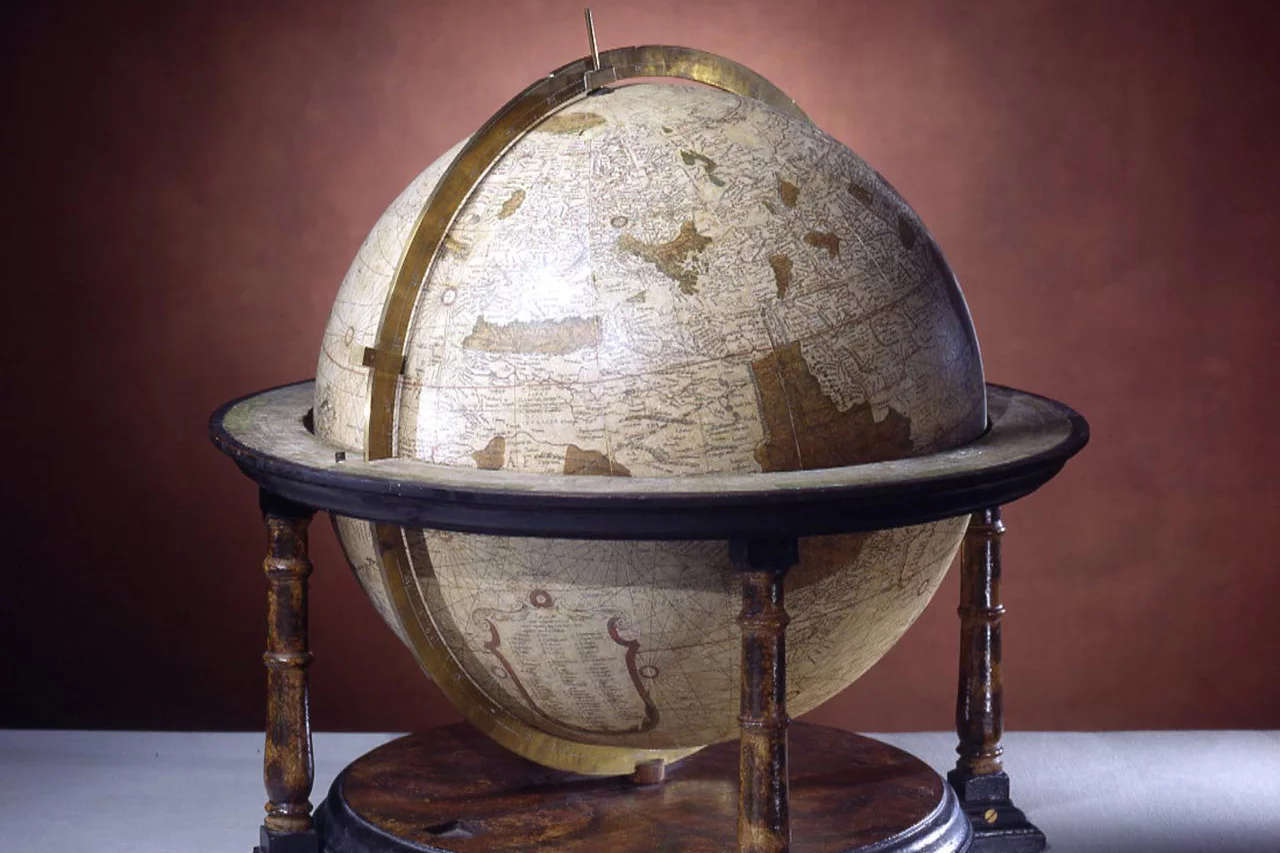
We can be reasonably certain that there was no Madonna of the Clouds watching over Francis Mary II when the last duke of Urbino passed away here in his room in the Ducal Palace of Urbania on April 28, 1631. With no heirs: the entire duchy automatically passed to the Church State. And not even five years had passed before the village was already changing its name in honor of its new master: five years after the devolution of the duchy to the Papal State, Pope Urban VIII elevated Casteldurante to the rank of city and made it an episcopal see. And in his honor, Casteldurante, it was 1636, became Urbania. The memory of that Provençal prelate, Guglielmo Durante, Italianized name of Guillaume Durand, who had founded it in 1284 to accommodate the survivors of the sack of Castel delle Ripe, a village a little further upstream that had been destroyed in 1277 by the Ghibellines of Urbino, was erased. It is for this reason that the urban fabric of the village appears so regular to us: it is a founding town, and Guglielmo Durante had planned it at a desk, in the middle of the plateau that accompanies the course of the Metaurus toward the sea before the hills that separate it from Urbino arrive. Three and a half centuries later the Casteldurante that had been almost a capital died, in the last years of the Duchy of Urbino. Urbania was born, destined to become one of the many, anonymous provinces of the Church State.
This demotion, this downgrading into the distant periphery “had to be for Casteldurante,” scholar Valerio Mezzolani has written, “a traumatic event as perhaps for no other of the Urbino centers.” Within not even a hundred and fifty years, almost all the ducal residences in the territory had fallen into ruin. The most serious affront dates back to 1667, however. Francis Mary II had drafted a bequest in favor of the Caracciolini fathers of Casteldurante, so that they would take care of his books: nevertheless, that year Pope Alexander VII wanted to have almost all the volumes of the Libraria Nuova transferred to Rome, to replenish the shelves of the library of the Studium Urbis, the University of Rome. The Biblioteca Alessandrina, as it is still called today (and still retains its vocation as a university library), had been founded on April 20 of that year and was in need of books. Pope Chigi therefore considered the entire perusal of the Durantine library to be useful for the purpose. The papal delegate Marco Antonio Buratti had allowed five hundred books to remain in Urbania, out of the fifteen thousand that were there originally, “for the benefit of the city” (how gracious!). The pope had opened, yes, for public use a collection for which Francesco Maria II’s bequest had made no provision for sharing with the community. But he had wrested from Urbania its most precious heritage. Today, only a few books remain in the Ducal Palace, and the two large, rare globes by Gerardo Mercatore, which Francesco Maria II received as gifts and which were saved from spoliation: they are among the museum’s most valuable objects.
The most recent trauma has a precise date and time: January 23, 1944, 12:42 p.m. Clear, sunny day. American Air Force B17s bomb the center of Urbania, and devastate it. The casualties are 250, the wounded 515, out of a population of six thousand: one in seven inhabitants suffered consequences on their skin, literally. Almost razed to the ground the historic center, the sixteenth-century wing of the Ducal Palace reduced to rubble, the church of the Holy Spirit obliterated, enormous damage to public and private building stock. A senseless bombing, because Urbania was far from the war front, it did not host any military garrison, there were no soldiers, it was not a logistical hub, no important communication routes passed through it. It remains to this day an unexplained massacre. It is probable that it was a mistake, that the American planes wanted to hit Poggibonsi, Tuscany, where there was an allocation of German soldiers. We do not know for sure. And we may never know why Urbania had to pay such a high price that day.
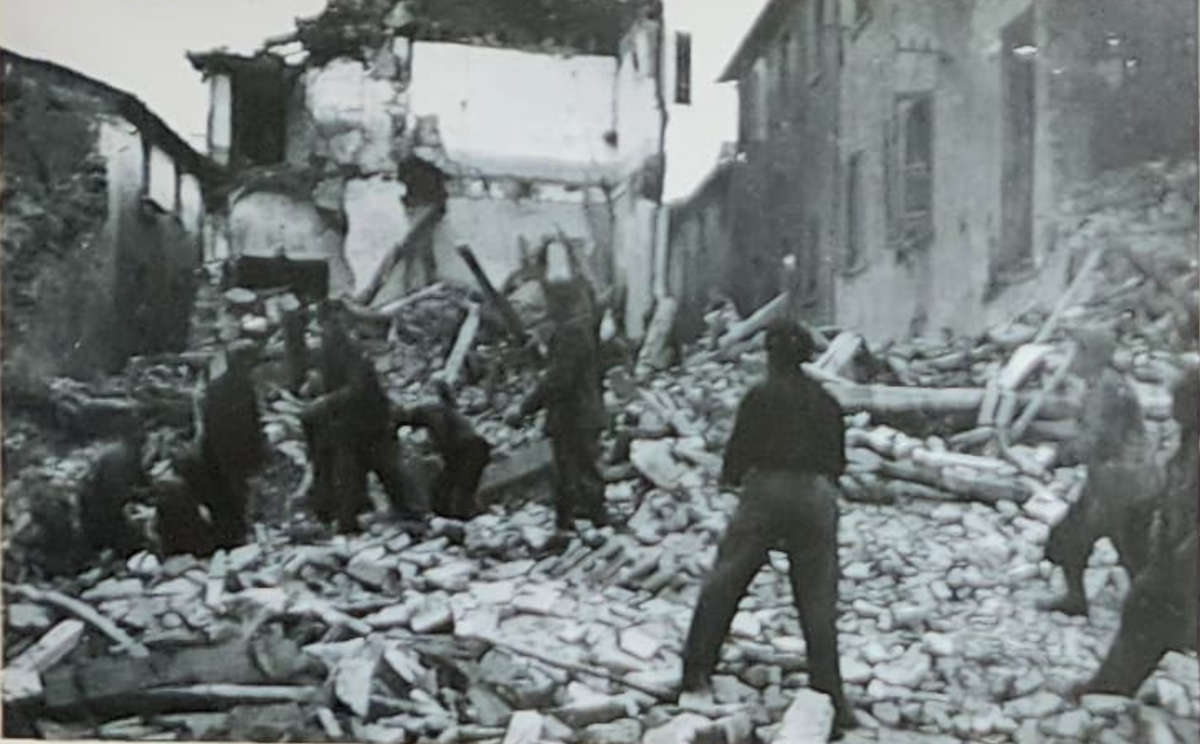
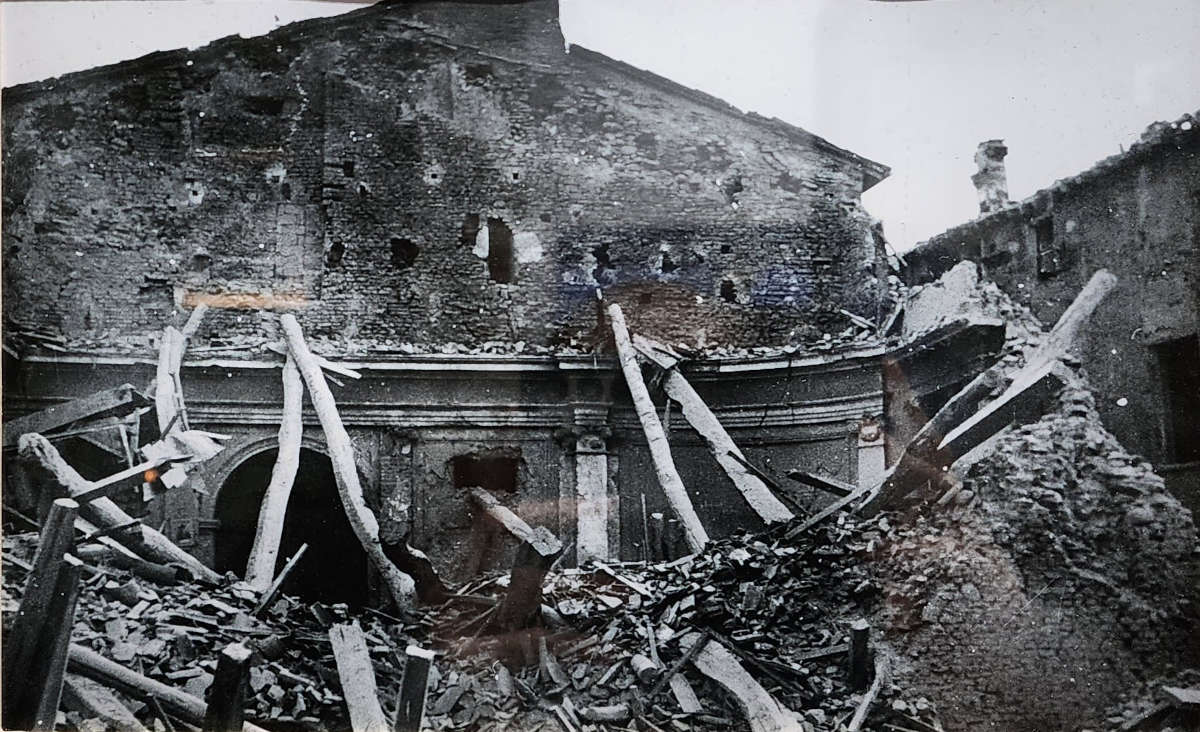
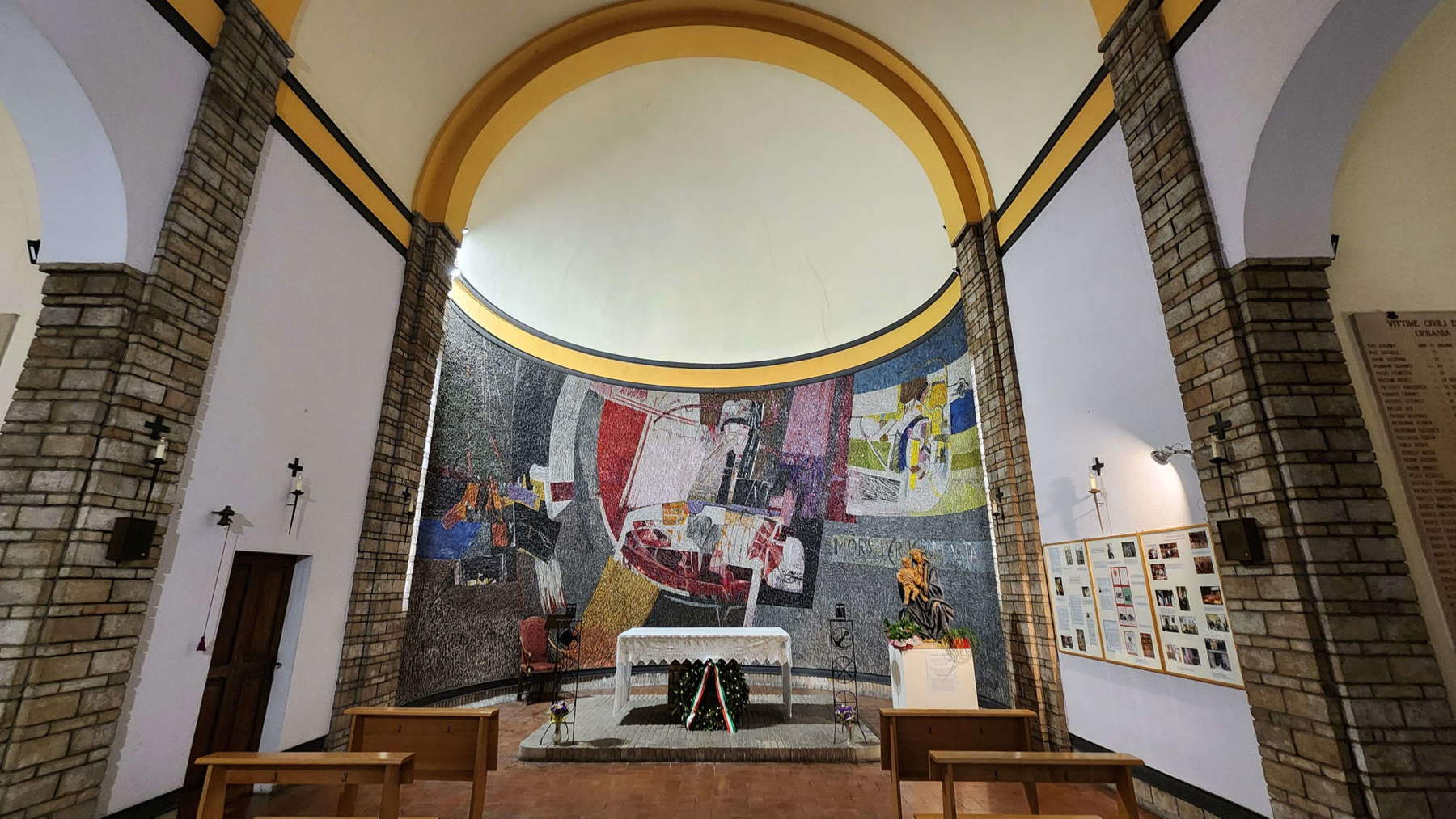
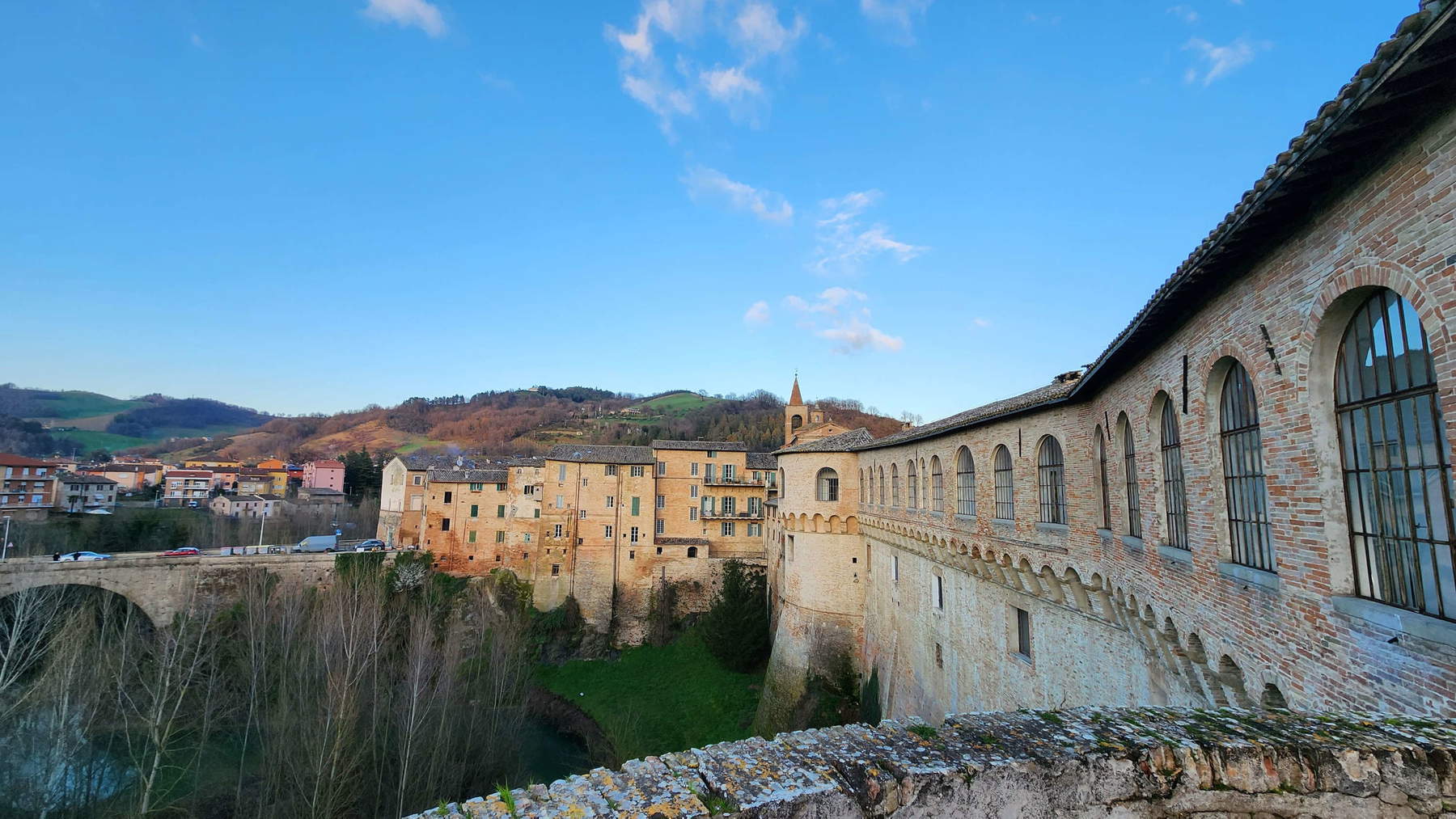
The Ducal Palace, for its part, had long ago ceased to be a noble residence, an institutional seat, a political center. With the devolution, the building had entered the administration of the Camera Apostolica, and the furnishings and collections, another trauma, had followed the fate of the ducal collections, which ended up largely in Florence, following the marriage between Vittoria della Rovere, niece of Francesco Maria II and last descendant of the family, and Ferdinando II de’ Medici. It had remained, in essence, an empty vessel. Then, in the eighteenth century, the Apostolic Chamber granted the use of the palace to the noble Albani family, which established a ceramics factory here that remained active until 1892. The activity, however, did not stop, because even in the following decades the Ducal Palace continued to host small pottery workshops, at least until the 1950s, when the Civic Museum of Urbania began to be structured in the halls of the palace. Then, in 1980, the Ducal Palace became the property of the Municipality of Urbania.
The traumas of Urbania, yes, are written on the plasters of the Ducal Palace, inside its halls, in the urban fabric of the city, where the new church of the Holy Spirit, built after the war, is now a votive temple, a shrine dedicated to the victims of the bombing. And its Ducal Palace has come back to life, for it is not only a museum. It is home to the civic library, filled with sixty thousand volumes and a substantial antique collection. There are the historical archives. There is a multipurpose cultural center, there is a conference hall, some rooms house a music school, there are also some cultural services that the municipality offers to its citizens. And pottery workshops are still organized. A small museum dedicated to the rural civilization of these lands has also been set up in the cellars. Urbania, like all industrious towns, looks forward.
Warning: the translation into English of the original Italian article was created using automatic tools. We undertake to review all articles, but we do not guarantee the total absence of inaccuracies in the translation due to the program. You can find the original by clicking on the ITA button. If you find any mistake,please contact us.





